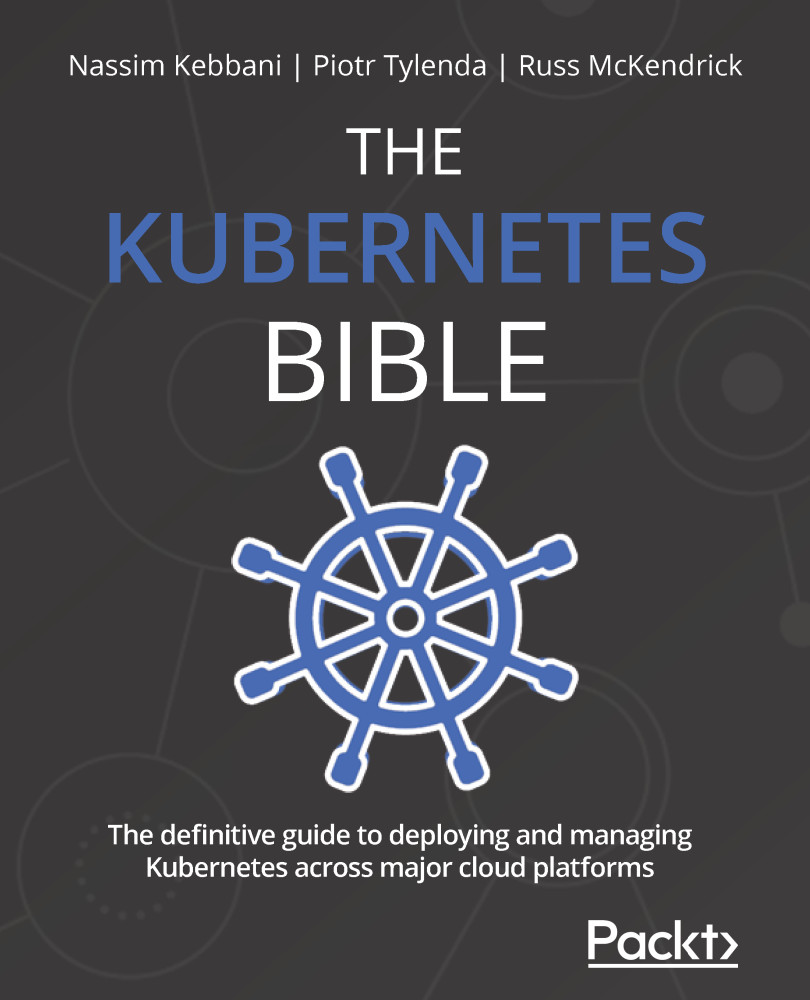-
Book Overview & Buying

-
Table Of Contents

The Kubernetes Bible
By :

The Kubernetes Bible
By:
Overview of this book
 Free Chapter
Free Chapter
 Sign In
Start Free Trial
Sign In
Start Free Trial

 Free Chapter
Free Chapter
In the previous chapter, we had the opportunity to explain what Kubernetes is, its distributed architecture, the anatomy of a working cluster, and how it can manage your Docker containers on multiple Linux machines. Now, we are going to get our hands dirty because it's time to install Kubernetes. The main objective of this chapter is to get you a working Kubernetes for the coming chapters. This is so that you have your own cluster to work on, practice with, and learn about while reading this book.
All Kubernetes installations require two steps. First, you need to install the Kubernetes cluster itself, and second, you need to configure your kubectl HTTP client so that it can perform API calls to the kube-apiserver component installed on your master node.
Installing Kubernetes means that you have to get the different components to work together. Of course, we won't do that the hard way with systemd; instead, we will...
